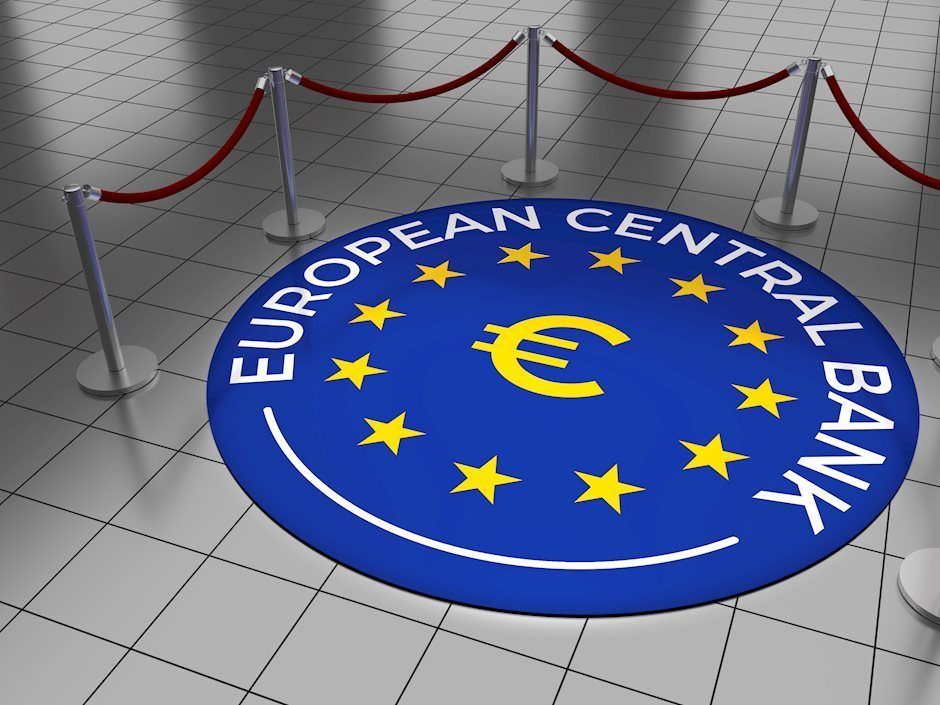The last mile of disinflation

Several central bankers have recently insisted that the ‘last mile’ in the marathon towards the inflation target may be the most challenging. After an initial swift decline of headline inflation on the back of favourable base effects due to lower energy prices, further disinflation may take more time. Corporate pricing power, inflation expectations and wage growth play a key role in this respect. By insisting on the ‘last mile’, central bankers probably want to avoid sounding too optimistic on disinflation. Otherwise, financial markets might price in early rate cuts, which would cause an easing of financial conditions in capital markets that would neutralize part of the monetary tightening. However, as one approaches the finish line -inflation converging back to target- and considering the monetary transmission lags, the need to prepare for what follows thereafter increases. Already today, the real question is when and on what basis will central banks start cutting rates even before the finish line is crossed.
Central bankers as well as their watchers like using metaphors to express their views. Lately, drawing a parallel between a monetary policy tightening cycle and running a marathon has become popular. Given where we are in this cycle, the focus has been shifting to the ‘last mile’ of the marathon. Earlier this year, the BIS annual report described why this phase is challenging1. In a recent speech, Isabel Schnabel of the ECB mentioned that “in long-distance running, the last mile is often said to be the hardest. With the finish line within reach, one must push even harder to achieve the long-held goal. The same could be said about tackling the last mile of disinflation.”2 Bundesbank President Joachim Nagel also used this metaphor in a speech in London3 and during his press conference following the latest FOMC meeting, Federal Reserve Chairman Jerome Powell replied to a journalist that “as you get further and further from those highs [in terms of inflation], it may actually take longer time.”4
The ‘last mile’ thesis implies that inflation initially declines swiftly and subsequently more slowly. The swift drop in inflation in the early phase of the ‘disinflation marathon’ is intuitively clear when the initial increase in inflation was caused by a negative supply shock, such as a jump in energy prices. When the latter stabilise or even decline, favorable year-over-year comparisons -base effects- can cause a quick drop in inflation. In the US and the Eurozone, this phenomenon has been at work since the middle of 2022, a point that has been emphasized by Isabel Schnabel in her speech.
However, the thesis looks less clearcut when thinking in terms of core inflation. Monetary transmission works with long and variable lags, which means that some degree of cumulative tightening is necessary before the impact on activity and demand starts to become visible. During this phase, it is unlikely that inflation would decline significantly, and further increases can’t be excluded.
Beyond a certain point, the downturn in activity and demand gathers pace, so one would expect that disinflation would also accelerate. However, reality may be more nuanced. Some companies may continue to benefit from pricing power even though the economy is slowing. Wage growth may remain high because of a still tight labour market and because wage demands try to make up for the loss in purchasing power when inflation was accelerating5. In such case, services would see a slower disinflation considering that the wage bill represents a bigger share of their cost base. In this respect, charts 1-4 suggest that in the eurozone, selling price expectations and the assessment of output prices in industry react more swiftly to a decline in confidence than in services. Moreover, in industry, these metrics are back in line with or even below their long-term average, whereas in services, they remain elevated despite their recent decline. The ‘last mile’ concern is clearly more of an issue in services that in industry because of a more sticky inflation in the former sector than in the latter6.
The starting level of inflation also matters. Recent research by the Federal Reserve Bank of Kansas City concluded that between 1970 and 2021, the US economy “reacts more slowly and with more volatility to a change in monetary policy in a high-inflation state—that is, when our measure of inflation expectations exceeds a value of around 4 percent—than in a low-inflation state.”7 Moreover, “in a high-inflation state, interest rates must be held higher for longer to bring inflation back down relative to a low-inflation state.” These results lend support to the slow core disinflation thesis.
The insistence on the ‘last mile’ may also reflect a high degree of caution of central bankers -avoiding to sound too optimistic on disinflation- in combination with an effort to avoid that financial markets would price in early rate cuts -something that was called ‘premature celebration’ in a recent IMF paper8: it seems central banks prefer investors to keep the champagne on ice, otherwise, the easing of financial conditions in capital markets would neutralize part of the monetary tightening.
Metaphors have their limitations. In a marathon, the race stops when you cross the finish line whereas economic activity continues when central banks reach their inflation target. The focus then shifts to the state economies are in. What has been the cost of disinflation? Has a recession been avoided? As one approaches the finish line, the need to prepare for what follows thereafter increases considering that the monetary transmission lags are long and variable: one should avoid that policy would remain restrictive for too long. This means that already today, the real question is when and on what basis will central banks start cutting rates even before the finish line is crossed, i.e. before inflation is back at target.
Author

BNP Paribas Team
BNP Paribas
BNP Paribas Economic Research Department is a worldwide function, part of Corporate and Investment Banking, at the service of both the Bank and its customers.

















